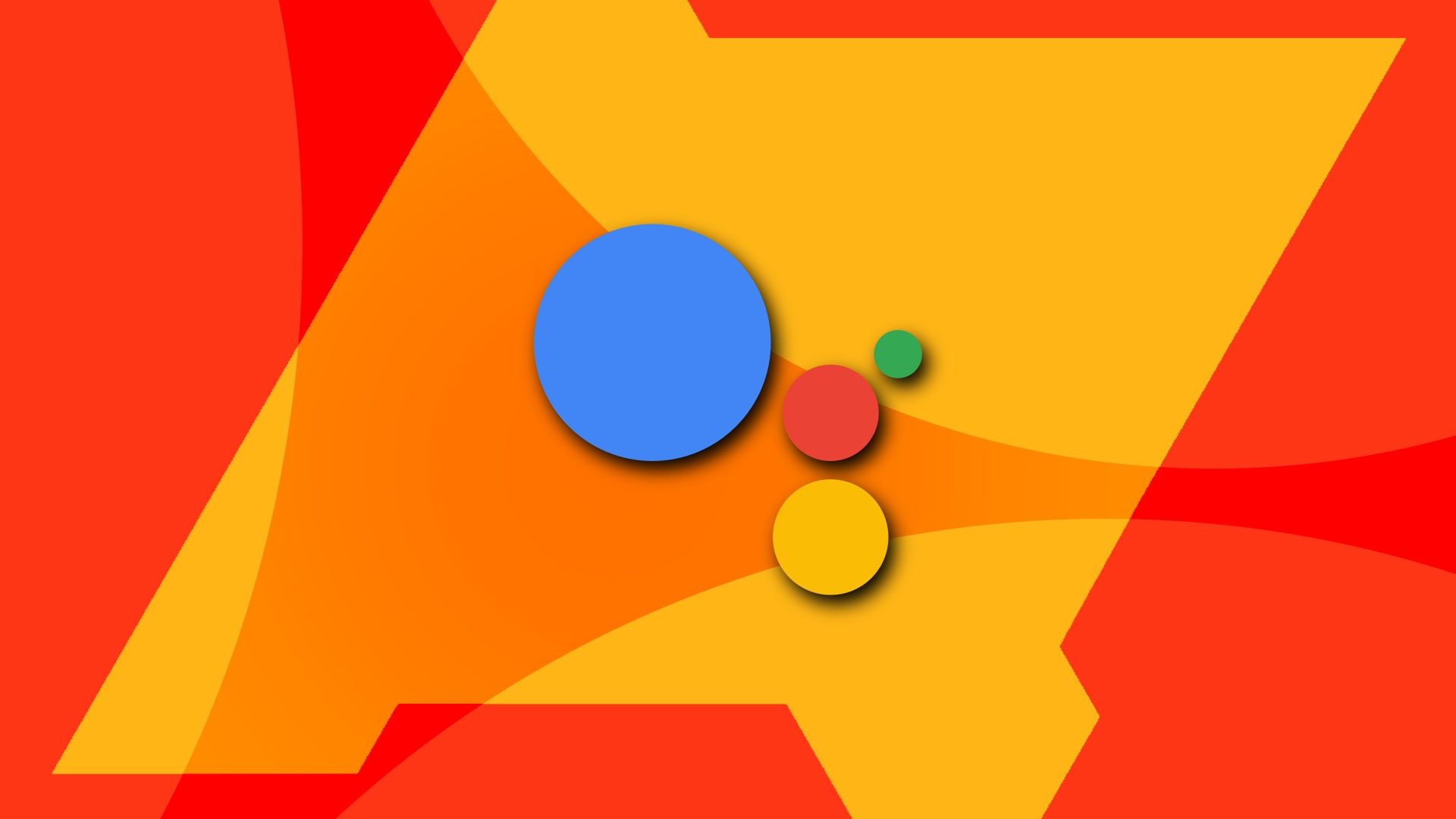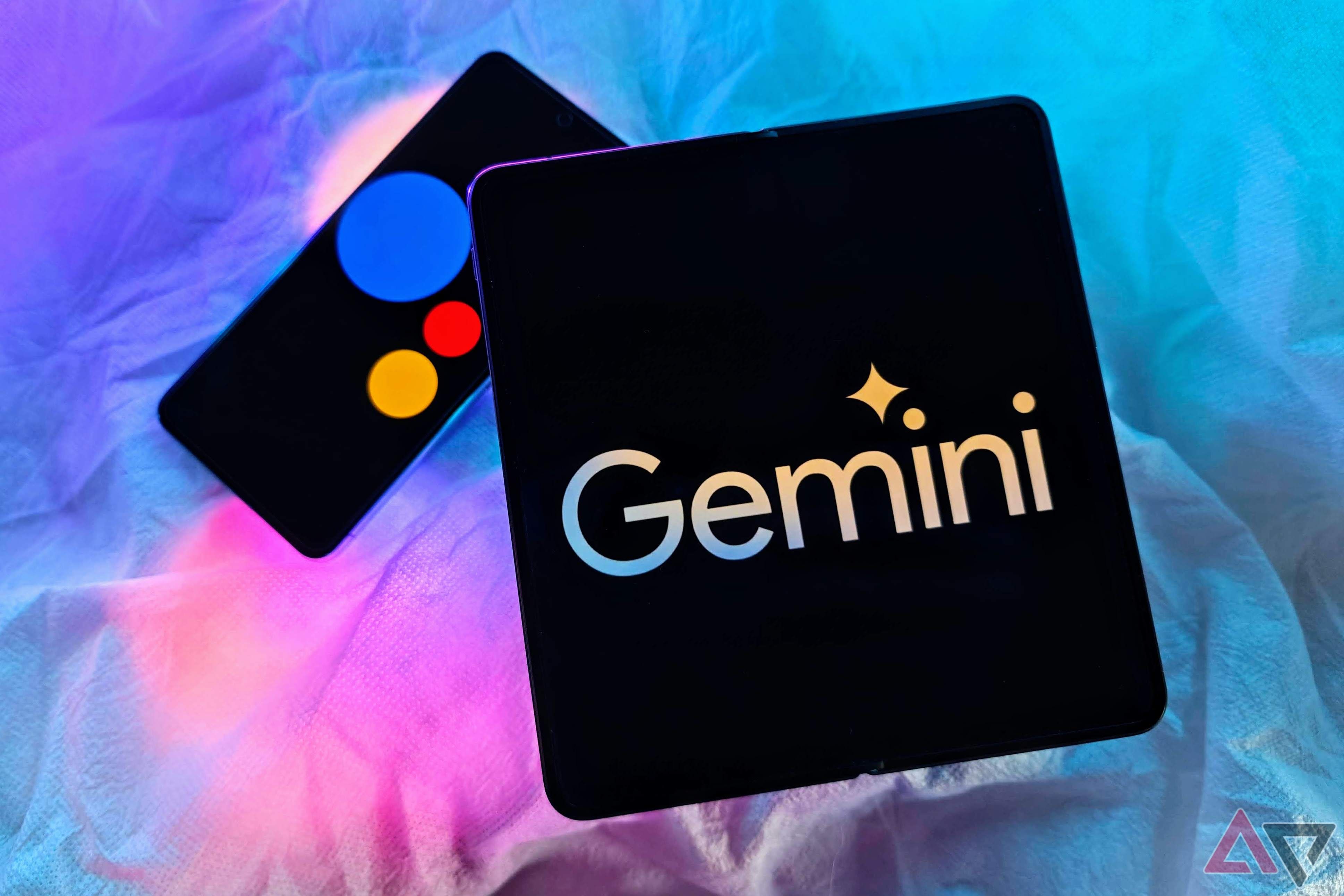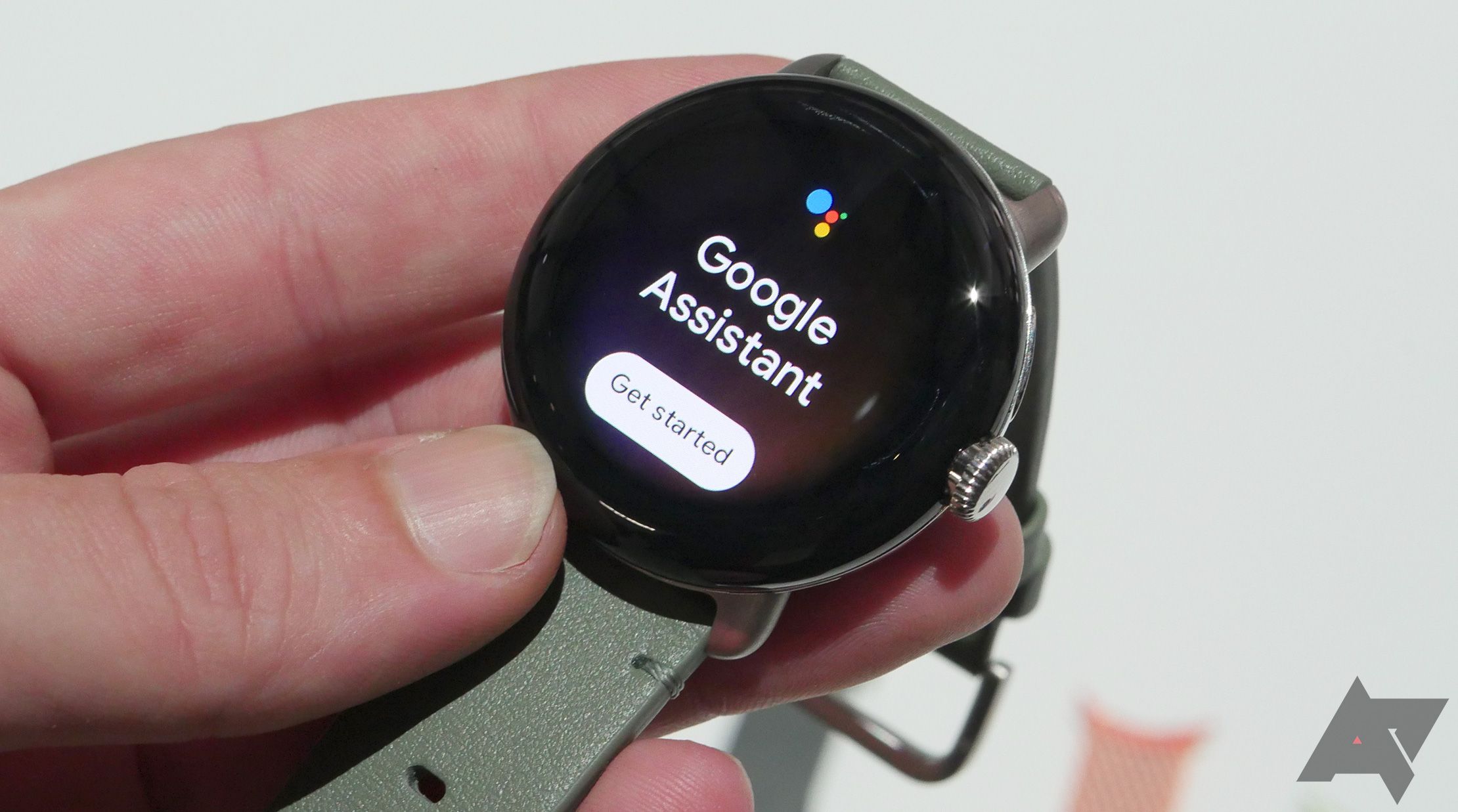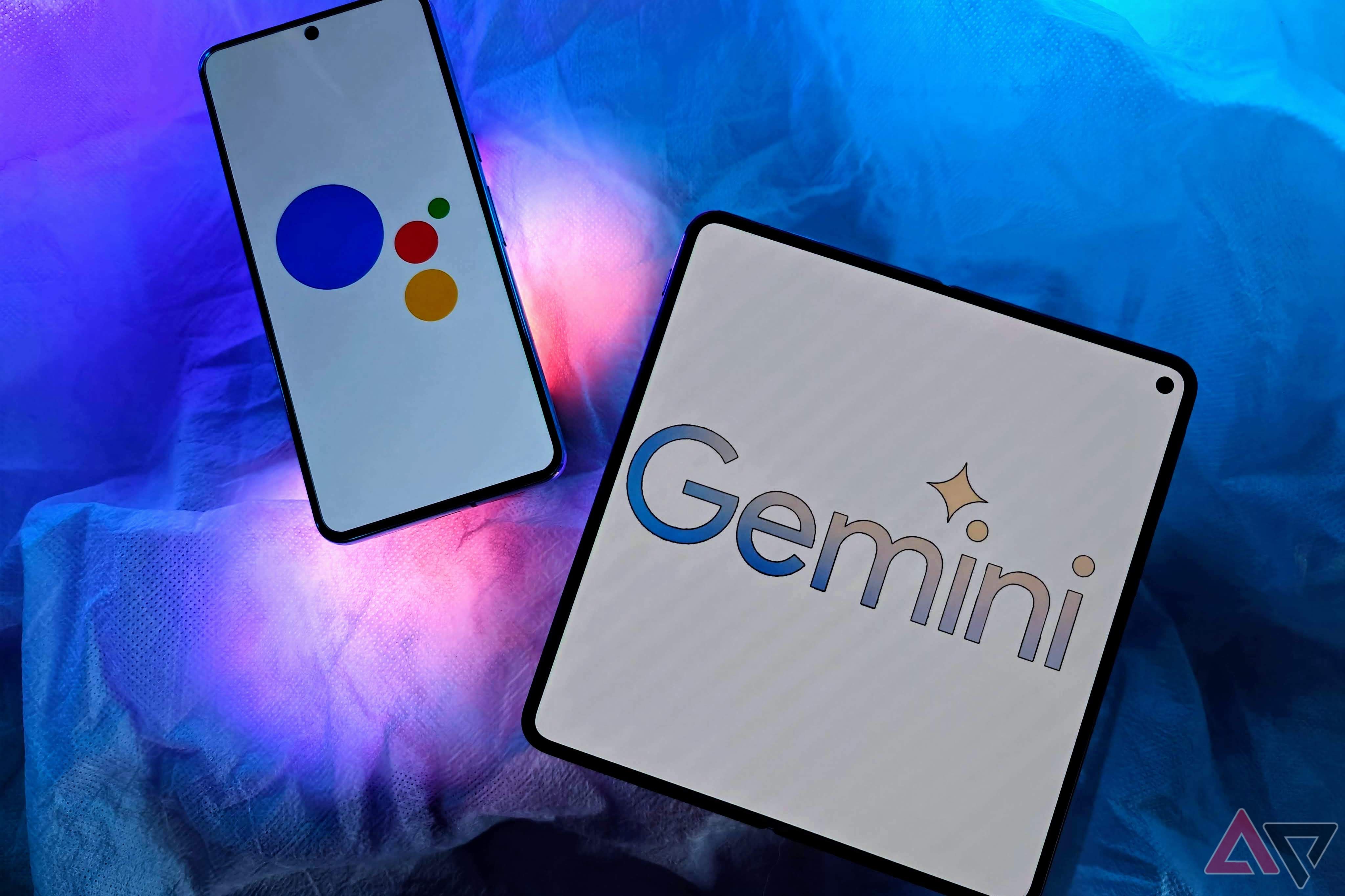Assistant was Google’s darling until it was replaced with generative AI. Now Assistant feels so lost and confusing to use, especially after its recent half-baked takeover by Gemini (which still can’t do everything Assistant could). If that isn’t enough, Google keeps adding new ways to access the voice bot on Android phones. There are so many gestures and button options to choose from that skipping Assistant out of frustration seems like a logical response.
One Assistant; one thousand ways to call it
Where do I need to tap, again?
There are at least half a dozen ways Google Assistant can be accessed on your phone (unless we missed some of them). A few generations ago, Android added an easy swipe gesture from either bottom corner to open the Assistant screen. Android’s latest versions still have it; you just need to enable the gesture from the settings. Besides that, you can also place the Assistant app shortcut on the home screen for instant access. Sure, this setup makes it feel like you’re using a third-party voice bot with broken integration, but at least you have the option.
You can also set the power button to open the voice bot on a long press; Pixels even let you summon Assistant with a double tap on the phone’s back to answer your silly questions. But wait, there’s more. With Circle to Search, Google introduced yet another gesture to activate this Gemini-powered feature: long pressing the navigation bar.
Tapping the mic button on the Search bar already living on the home screen was perhaps the easiest and the most natural feeling option of all. Many users, including several of my AP teammates, used it to access Assistant without relying on fickle gestures or uttering the wake phrase. It had almost become second nature, but Google being Google, decided to kill the option without any notice. So now, the mic button only works as a simple voice-to-text tool for Google Searches, which limits its use.

10 best tips to get the most out of Google Assistant
Unlock true Google Assistant potential on your phone
With so many ways to open Assistant, involving voice, taps, buttons, and on-screen gestures, spending a good few seconds to decide what’s the best way is commonplace, which makes the whole experience counterintuitive.
Never mind, I forgot what I was gonna ask
The idea of a smart assistant is to offload any trivial task or transient thought to the voice bot before it slips your mind. That’s why many of us have smart speakers placed around the house. While Google Assistant-powered speakers use a single wake phrase, things can get a bit tricky on your phone, where you must first decide how to wake Assistant.
I turned off the ‘Hey Google’ command on my phone a long time ago because Google failed to offer a foolproof solution to the wake phrase triggering all Google Assistant devices in the room simultaneously. I know I’m not alone in this.
With that out of the way, you’re left with just a gazillion gestures and buttons. But while you’re scrambling to pick the gesture that is right for the task at hand, there is a good chance you’ll forget what you were going to ask Assistant in the first place — it has happened to the best of us. Perhaps that is Google’s way of keeping Gemini’s server load under check.
Over and overlap
Gemini, Google Assistant, Circle to Search, and what else?
One of generative AI’s biggest perks is its ability to understand natural language more easily and translate it better than existing tools. When you have something on your screen that needs translation, you can ask your phone to do that with just a couple of taps. But the question is: using which tool?
You can long-press the navigation bar to open Circle to Search and use its translation feature to get the job done. Or you can ask Gemini to complete the task using an attached screenshot. Both tools do the same thing; still, we found in our testing that there are a few UI differences — and that’s just one example. Without interface parity and uniformity, you can guess how haphazard Google’s new AI feature implementation is, with legacy Assistant features suffering the most.
Get this sorted, Google, for AI’s sake
As if the Gemini switchover wasn’t already a mess
When you open Assistant (after you’ve found a way to), a big banner on the top nudges you to switch to Gemini. As a voice assistant, Gemini is better sounding and does understand context better, but Google itself warns you that Gemini can’t do many basic things that Assistant can. That alone gives us little incentive to completely ditch Assistant in favor of Gemini. But if you still do, some tasks will fall back to Assistant while others will be handled by Gemini, which gets utterly perplexing after a point.

Should you switch from Google Assistant to Gemini?
Is Google’s new AI app ready for the big time?
While we’re still figuring out which voice bot is better for our phones, Google can at least use the time to pick a single gesture for Assistant (or Gemini) instead of messing up our muscle memory. AI is supposed to make our life easier and not complicate it further — if only Google got that memo.






